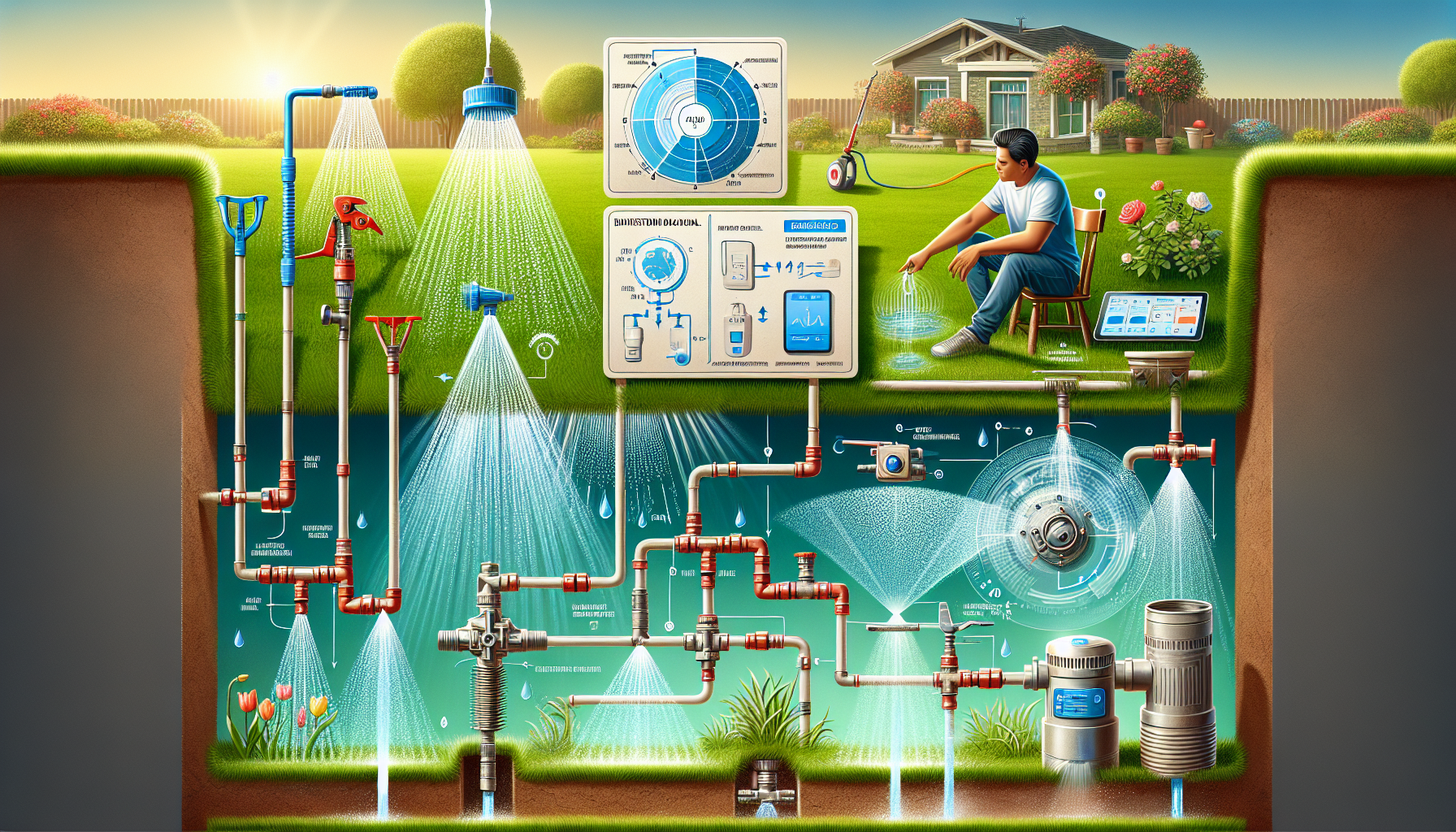
A well-designed lawn sprinkler system is essential for maintaining a lush and healthy lawn. Understanding how these systems work and the different types available will help you choose the right one for your lawn and ensure that you’re using water as efficiently as possible.
Types of Sprinkler SystemsThere are several types of lawn sprinkler systems, each with its advantages and ideal uses:
[LIST]
[*]Fixed or Stationary Sprinklers: These are simple, affordable, and great for small areas. They spray water in a specific pattern that does not change.
[*]Oscillating Sprinklers: These have a long tube with several openings that moves back and forth, providing even coverage ideal for rectangular lawns.
[*]Rotary or Rotating Sprinklers: These are perfect for larger lawns as they shoot out jets of water in a circular pattern, covering more ground.
[*]Impulse or Impact Sprinklers: Known for their distinctive clicking sound, these can cover a large area with an adjustable pattern and range.
[*]In-Ground Sprinkler Systems: These are permanent fixtures installed underground, with pop-up spray heads that activate during watering. They can be customized to your lawn’s shape and are very efficient.
[/LIST]
Watering a lawn may seem straightforward, but it’s essential to do it efficiently to preserve water, a precious resource, and to reduce your utility bills. Water efficiency helps maintain the balance in local ecosystems, prevent water runoff, and keep your lawn healthy by not over or under-watering it.
Smart Irrigation ControlsAdvances in technology have given rise to smart irrigation controls. These systems can be adjusted through your smartphone and can automatically adapt to weather changes, like shutting off when it is raining. They can also be programmed based on soil types, sunlight exposure, and the specific watering needs of different plants, ensuring each area gets just the right amount of water.
Watering Schedules and SensorsCreating a watering schedule helps in efficient water use. Most lawns do well with one inch of water per week, which can be divided into two or three watering sessions. Adding moisture sensors to your system can further increase your efficiency. These sensors detect the moisture level in the soil and adjust watering accordingly, to prevent over-watering and waste.
Seasonal AdjustmentsYour lawn’s water needs will change with the seasons, which means your sprinkler system will need adjustments. During hot and dry periods, you may need to water more frequently. Conversely, in cooler or wetter months, you might need to water less. It’s also important to winterize your sprinkler system to prevent freeze damage if you live in a region with harsh winters.
Professional Installation and MaintenanceFor in-ground sprinkler systems, professional installation is highly recommended. A professional can design a system tailored to your specific lawn and ensure that it is installed correctly. Regular maintenance is important to fix leaks, clogged heads, or any other issues that can lead to water waste. Proper maintenance and timely repairs can significantly extend the life of your sprinkler system and ensure it operates efficiently.
ConclusionAn efficient lawn sprinkler system is crucial for maintaining a vibrant lawn without wasting water. By understanding the different types of systems available and utilizing smart controls and sensors, you can significantly improve the efficiency of your lawn irrigation. Always remember to adjust the system according to the seasons and commit to regular maintenance to keep your sprinkler system functioning optimally.







